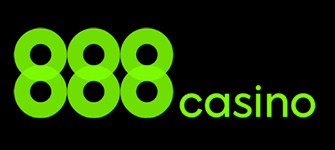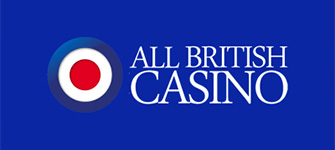Roulette Ball Speed and Ball Aiming
Roulette is a simple enough game once you get the hang of it. The ball spins on the wheel, falls into a pocket and the outcome is determined. It is easy enough to comprehend that anyone can enjoy it. Most people begin with the mathematical side of things – studying the payouts, the house edge, and the probabilities of any single occurrence. While this is something every roulette player should know, not everyone takes a look at the core components of the game. By this, we mean one thing that ties it all together – the ball.
The ball is the heart of roulette and what ultimately decides the outcome of every spin. It has more influence than most people give it credit for. In this article, we will go over certain ball factors in roulette and how they can affect the experience of every player at the table.
Ball Speed
When it comes to making wagers, most American players still insist that their bets are to be placed after the wheel is in motion. Others might go so far as to wait for the very last moment before the ball lands in a pocket, or when the dealer gives the signal for ‘no more bets’. Seeing as players are more tempted to bet this way, most floor managers would allow ‘long spins’ (20-25 rotations), as long as it brings in the chips. Unbeknownst to said managers however, the longer the spin is (has more rotations), the easier it is for computer and visual trackers to do their thing.
When there is not a lot of action going on at the table (3-4 players and no high rollers) the dealer might instead do short (4-5) rotations to keep things moving. Short spins are very computer tracker’s worst nightmare because there isn’t really enough time for the ball to overcome the dealer’s signature. Visual trackers are better in general, although it is an inconvenience for them nonetheless.
Ball Aiming
This is one more of those situations, where the house tries overly-complicated back-alley tactics to get their chances up. By attempting to aim the ball using his hand, the dealer is once again trying to favour a certain set of numbers (or rather, stay away from any winning numbers), although that seldom accomplishes anything. I have talked with people who insist that with the right set of skills and perfect hand-to-eye coordination, a dealer can effectively aim the ball; if not every then most of the time, that is. But if dealers were actually able to do this in the first place, who is then stopping them from cheating all day, every-day?
The truth is that no single dealer can ever hope to be as accurate and as consistent, as to significantly affect the house edge. The first thing to look for when searching for a dealer who might be using such comically malignant tactics is the force by which he spins the ball. When a table is busy and crowded, but the dealer still insists on playing short, 4-5 rotation spins, this might be a clear indicator that he is trying to aim the ball. Second, we will see that the wheel head is turning very slowly (the faster the wheel is, the harder it is to determine the outcome obviously).
And last but not least, the dealer will be keeping a close eye on where the house numbers are on the wheel head. They will act as a sort of ‘marker points’, to tell him when it is okay to throw the ball. Once 0 or 00 passes the dealer’s hand, he would then make his short spin, and if luck would have it, beat the players sitting at his table.
How Ball Speed and Ball Aiming Factor into Your Experience
You might be wondering what the whole point of this article is, outside of being some interesting trivia. Roulette is a game of many factors, which will make or break the experience. In order to become truly proficient at it, one must understand all of them and how the pieces fit into the whole. If you notice that something is out of place, you will be able to recognize it and call it out if it is not to your benefit or capitalize on it if it is. Since the ball plays a central role in roulette, its behaviour will determine whether you walk away richer or poorer.
Realistically, applying any of this knowledge to significant effect in the real world will be rare. The game is ultimately a game of chance and casinos want to keep things like that. Still, physical biases have been known to happen and when they do, it will influence the outcome of every spin. Biases are the result of the physical wear and tear of the equipment. A small but unnoticeable dent in the wheel can force the ball into a specific cluster of pockets. A change in the ball’s shape or structure will affect its bounciness and where it lands. All of these can be exploited to your benefit if you can catch it in the moment.
Still, you have to remember that casinos like to keep their equipment maintained. They have no need to cheat to gain an additional edge; the game is already in their favour. Therefore, the wheel and the balls are changed at regular intervals. However, if you can notice a bias in the spins, you only need a few more moments to turn the game on its head.


 PlayOJO Casino
PlayOJO Casino 888casino
888casino All British Casino
All British Casino Casino Action
Casino Action UK Casino Club
UK Casino Club